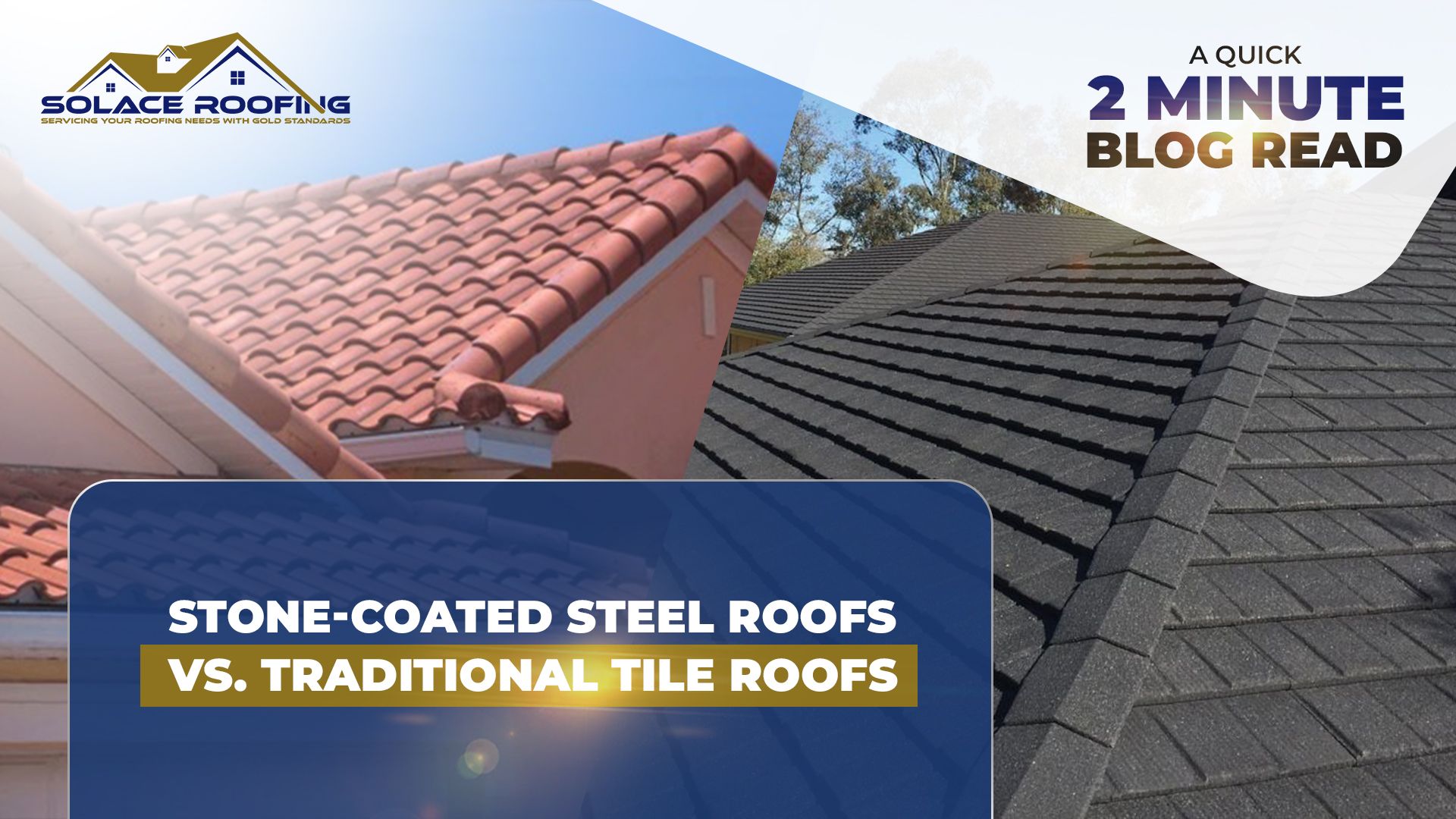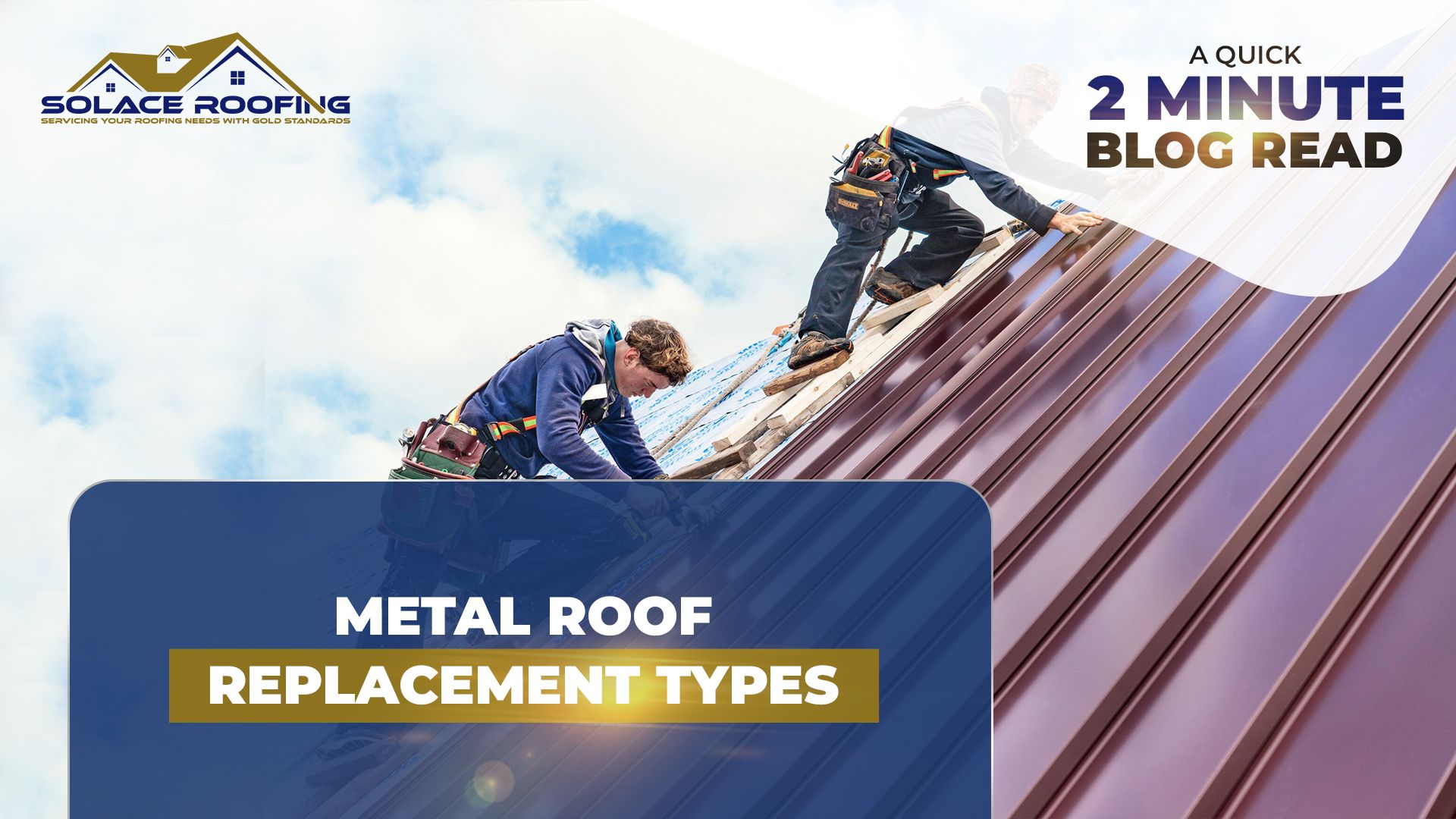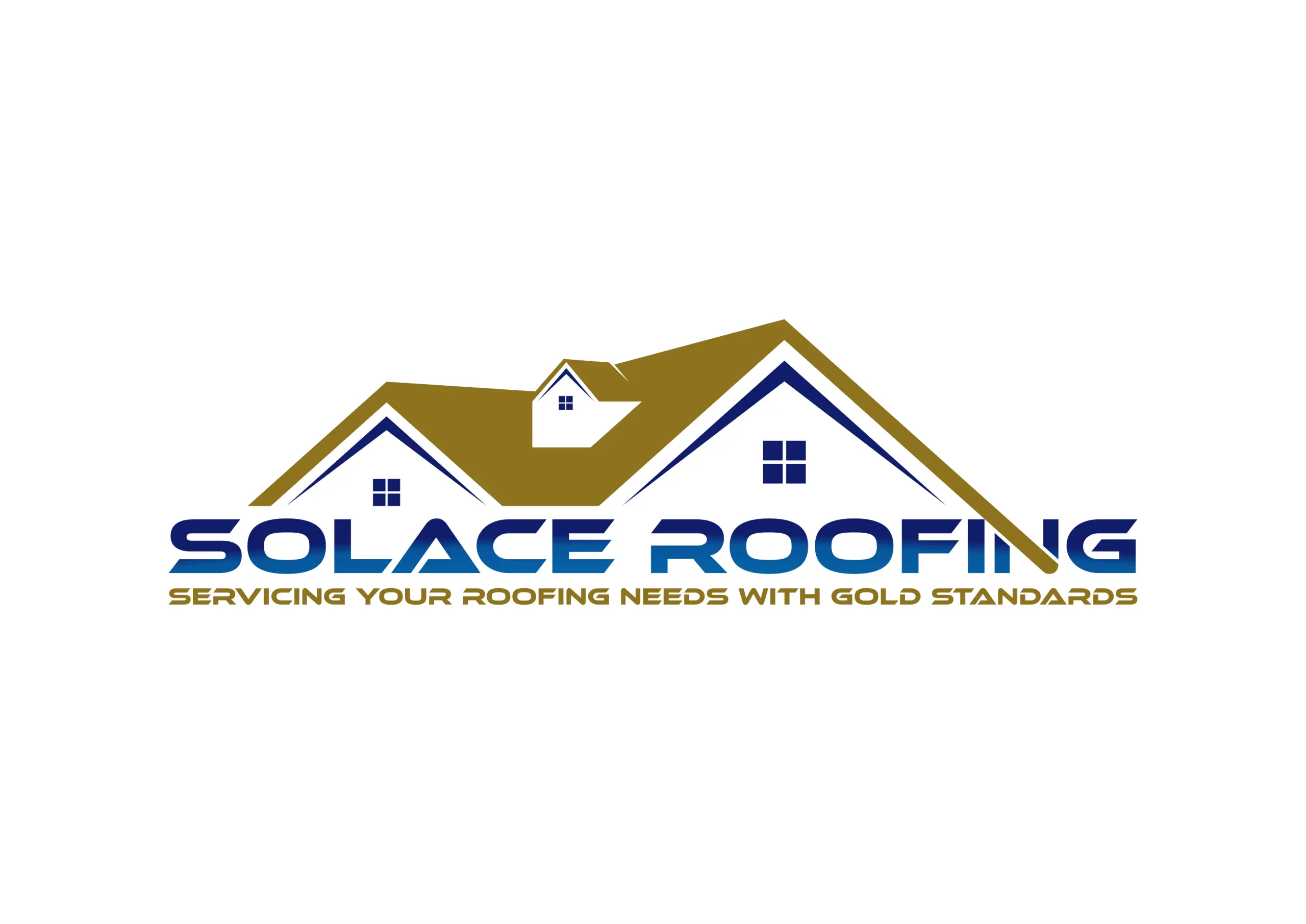
Comparing Stone-Coated Steel Roofs vs. Traditional Tile Roofs
Introduction
When it comes to choosing roofing materials, homeowners often find themselves weighing the pros and cons of different types. Stone-coated steel roofs and traditional tile roofs are two popular options, each with its unique attributes and drawbacks. This article delves into these two roofing types, helping you make an informed decision based on durability, cost, aesthetics, and maintenance.
Durability and Lifespan
Stone-Coated Steel Roofs: Known for their remarkable durability, stone-coated steel roofs can withstand harsh weather conditions, including heavy rains, hail, and high winds. They are also resistant to fire and UV rays, contributing to a longer lifespan, often up to 50 years or more.
Traditional Tile Roofs: Tile roofs, especially those made from materials like clay or concrete, are also known for their durability. They can last up to 50 years or longer, but their lifespan can be influenced by the climate. In regions with frequent heavy rain or freezing temperatures, tiles can be more susceptible to damage.
Cost Considerations
Stone-Coated Steel Roofs: While offering superior durability, stone-coated steel roofs are generally more expensive upfront compared to traditional roofing materials. However, their longevity and low maintenance needs can make them cost-effective over time.
Traditional Tile Roofs: The cost of tile roofs varies significantly based on the material (clay is typically more expensive than concrete). While they have a high initial cost, their long lifespan and timeless appeal can offset the initial investment.
Aesthetic Appeal
Stone-Coated Steel Roofs: These roofs offer versatility in design, mimicking the look of traditional tile, shake, or shingle roofing. They come in a variety of colors and styles, fitting various architectural designs.
Traditional Tile Roofs: Traditional tiles are celebrated for their classic and elegant appearance. They offer an authentic look that is particularly popular in Mediterranean, Spanish, or Southwestern architecture.
Installation and Maintenance
Stone-Coated Steel Roofs: The installation of stone-coated steel roofs is relatively straightforward, but it requires professional expertise. They are lighter than traditional tiles, which can simplify the installation process. Maintenance is minimal, mostly involving basic inspections and occasional cleaning.
Traditional Tile Roofs: Tile roofs are heavier, requiring a reinforced roof structure for installation. Professional installation is a must. Maintenance involves regular inspections, especially after severe weather, and broken tiles need to be replaced promptly to avoid leaks.
Environmental Considerations
Stone-Coated Steel Roofs: These roofs are often made from recycled materials and are fully recyclable at the end of their lifespan. Their reflective properties can improve energy efficiency by reducing cooling costs.
Traditional Tile Roofs: Clay and concrete tiles are made from natural materials, making them environmentally friendly. They also provide excellent insulation, contributing to energy efficiency in homes.
Conclusion
Both stone-coated steel roofs and traditional tile roofs offer distinct advantages and potential drawbacks. Your choice will depend on factors like budget, aesthetic preference, climate conditions, and long-term maintenance considerations. Stone-coated steel roofs stand out for their durability and versatility, while traditional tile roofs offer a timeless aesthetic and natural appeal. Whichever option you choose, ensure you work with a professional installer to get the best results for your home.







